Home>diy>Architecture & Design>What Does “LIN” Stand For On A Floor Plan
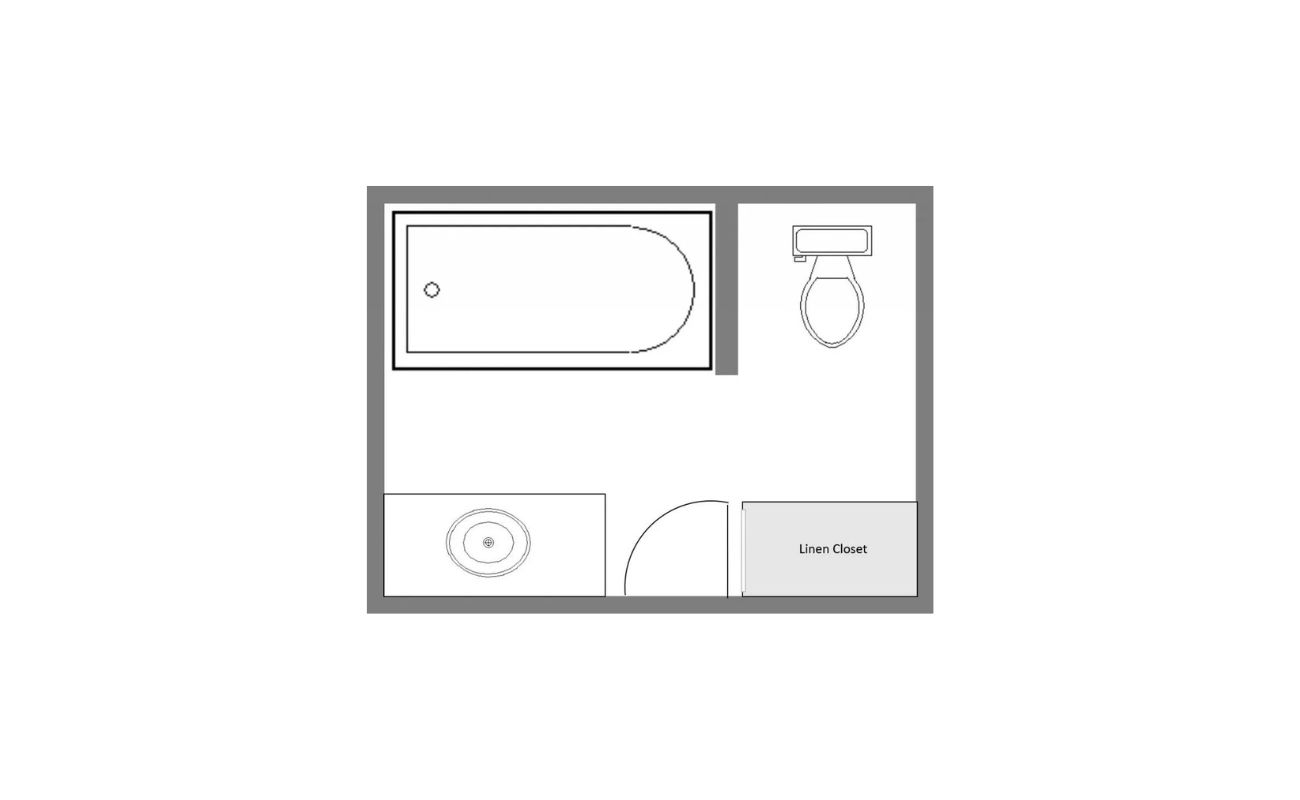

Architecture & Design
What Does “LIN” Stand For On A Floor Plan
Modified: May 6, 2024
Discover the meaning behind the abbreviation "LIN" on a floor plan and how it relates to architecture design. Gain insights into this common term in just a few sentences.
(Many of the links in this article redirect to a specific reviewed product. Your purchase of these products through affiliate links helps to generate commission for Storables.com, at no extra cost. Learn more)
Introduction
When it comes to designing a building or planning a renovation, floor plans play a crucial role in visualizing the space and ensuring that all aspects are considered. These detailed diagrams provide a bird’s-eye view of a structure, showcasing the various rooms, walls, windows, and other architectural features.
However, deciphering a floor plan can sometimes feel like solving a puzzle, as they often include various symbols, abbreviations, and notations. One common abbreviation that you may come across is “LIN.” If you have ever wondered what “LIN” stands for on a floor plan, you’re not alone.
In this article, we’ll walk you through the intricacies of floor plans, explore the different components they entail, and unravel the mystery behind the meaning of “LIN.” By the end, you will have a clear understanding of this abbreviation and its significance in the world of architecture and design.
Key Takeaways:
- “LIN” on a floor plan stands for “Line,” indicating material transitions, functional zones, and surface changes. Understanding its significance enhances collaboration and accurate execution in architectural design and construction projects.
- Deciphering “LIN” on a floor plan involves reviewing the legend, analyzing location and surrounding elements, and consulting professionals. This knowledge empowers effective communication and informed decision-making in architectural design.
Read more: What Is A Floor Plan
Understanding Floor Plans
Before diving into the specifics of what “LIN” stands for on a floor plan, let’s first establish a solid understanding of what floor plans are and why they are essential in the realm of architecture and design.
A floor plan is a scaled diagram that represents the layout of a building or a specific space, typically viewed from above. It serves as a blueprint for architects, interior designers, contractors, and homeowners, providing a visual representation of the physical dimensions, features, and flow of a structure.
These plans are meticulously created to showcase the various elements of a building, including walls, doors, windows, stairs, and fixtures. They also display the arrangement and dimensions of rooms, their purpose, and their spatial relationship to one another.
By studying a floor plan, stakeholders can gain a comprehensive understanding of how a space will function and flow. It allows them to identify potential design flaws, ensure proper space utilization, and make informed decisions about the placement of furniture, fixtures, and other design elements.
Additionally, floor plans are crucial when it comes to communication and coordination among the different professionals involved in a construction or renovation project. They provide a common language that architects, engineers, contractors, interior designers, and clients can use to discuss ideas, make revisions, and ensure that everyone is on the same page.
In summary, floor plans are indispensable tools in the world of architecture and design. They provide a visual roadmap, enabling professionals and stakeholders to envision and create functional, aesthetically pleasing spaces.
Components of a Floor Plan
A well-designed floor plan consists of several key components, each serving a specific purpose in conveying information about the layout and structure of a building. Understanding these components is essential for interpreting floor plans accurately and efficiently. Let’s explore the main elements you’ll typically find on a floor plan:
- Walls: Walls are represented by solid lines on a floor plan. They outline the boundaries of rooms, hallways, and other enclosed spaces in a building.
- Doors: Doors are depicted using straight lines that are parallel to the walls. They indicate the entry and exit points between rooms or to the outside of the building.
- Windows: Windows are typically shown as open rectangles or circles on a floor plan. They represent openings in walls that allow natural light and ventilation.
- Stairs: Stairs are illustrated using diagonal lines and are marked with arrow symbols indicating the direction of travel. They indicate the location and design of staircases connecting different levels of the building.
- Rooms: Rooms are labeled and often represented by rectangular shapes on a floor plan. Their dimensions and purposes are usually indicated, allowing for easy identification and understanding of the available space.
- Furniture: Furniture is sometimes included on more detailed floor plans to provide a sense of scale and help with space planning. Commonly depicted furniture items include tables, chairs, beds, and sofas.
- Measurements: Measurements are essential in a floor plan to accurately convey the size and proportions of rooms and other architectural elements. They are typically indicated using arrows and numerical values.
These components, along with other symbols and notations, work together to provide a clear representation of the layout and features of a building. By understanding each element’s meaning and purpose, you can navigate and interpret floor plans with ease.
What is “LIN”?
Now that we have a better grasp of the fundamentals of floor plans and their components, let’s focus on the abbreviation “LIN” that you may encounter while examining a floor plan.
“LIN” stands for “Line,” and it represents a line of demarcation or separation on the floor plan. This line is typically used to indicate changes in materials, finishes, or functions within a specific space.
For example, if you come across the term “LIN” in a kitchen area on a floor plan, it could signify the transition between different types of flooring. It helps architects, designers, and contractors understand where one surface ends and another begins.
The “LIN” notation is especially useful when there is a change of flooring material, such as transitioning from tile to hardwood or carpet to stone. By clearly marking these transitions, it ensures that the different materials are seamlessly integrated and installed accordingly during the construction or renovation process.
In addition to indicating changes in flooring materials, “LIN” can also be used to delineate divisions within a larger space. For instance, it may be utilized to separate a dining area from a living room or define a specific zone within an open-concept floor plan.
It’s important to note that the uses of “LIN” may vary depending on the particular floor plan or design intent. While it commonly signifies a line of demarcation, its exact meaning can be clarified through communication with the architect or designer responsible for creating the specific floor plan you are examining.
Understanding the significance of “LIN” on a floor plan can help homeowners, contractors, and other stakeholders visualize the separation of spaces and materials, promoting a clear and accurate execution of the design.
“LIN” on a floor plan typically stands for “line,” indicating the location of walls, partitions, or other structural elements. This helps to understand the layout and design of the space.
Common Uses of “LIN” on Floor Plans
The abbreviation “LIN” on a floor plan is a versatile notation that serves various purposes and can indicate different design elements and features. Let’s explore some of the common uses of “LIN” you may encounter:
- Material Transitions: One of the primary uses of “LIN” is to indicate transitions between different flooring materials. This can include changes in surfaces such as tile to carpet, hardwood to stone, or laminate to vinyl. By clearly marking these transitions, “LIN” helps ensure a seamless and visually appealing integration of different materials.
- Functional Zones: “LIN” can be employed to delineate functional zones within a larger space. For example, in an open-concept floor plan, it can denote the boundary between the living area and the dining area or separate the kitchen from the rest of the space. This helps define and organize different areas while maintaining an open feel.
- Surface Changes: In some cases, “LIN” may indicate changes in the surface treatment within a specific area. For instance, it can represent the transition from a painted wall to a tiled backsplash in a kitchen or the shift from a smooth ceiling to a coffered or textured ceiling in a living room.
- Furniture Placement: Sometimes, “LIN” is used to outline the intended placement of furniture. It can indicate where walls, columns, or other architectural elements should align with specific furniture pieces or configurations to ensure proper spatial planning and functionality.
- Remodeling or Renovation Guidelines: When a floor plan is created for remodeling or renovation purposes, “LIN” can serve as a guide for contractors and designers. It shows where existing walls and features should be retained, indicating areas to be preserved during the construction process.
Overall, the use of “LIN” on a floor plan enhances communication, clarifies design elements, and helps ensure accurate execution during construction or renovation projects. It provides valuable insights into material transitions, functional zones, surface changes, furniture layout, and preservation guidelines.
While the specific usage of “LIN” may vary from one floor plan to another, its purpose is to provide clear and concise information to stakeholders involved in the design and construction process.
Read more: What Does “WIC” Stand For On A Floor Plan
Decoding “LIN” on a Floor Plan
Deciphering the meaning of “LIN” on a floor plan requires careful consideration of the context and the specific details provided. Here are some steps to help you decode the significance of “LIN” on a floor plan:
- Review the legend: The legend or key accompanying the floor plan is a valuable resource that provides explanations for all the symbols and abbreviations used. Look for “LIN” in the legend to determine its intended meaning within the specific floor plan you are examining.
- Analyze the location: Pay attention to where “LIN” is used on the floor plan. Is it associated with changes in flooring materials, functional zones, or other features? Understanding the location can provide clues about its purpose.
- Consider the surrounding elements: Look at the neighboring symbols, labels, or notations adjacent to “LIN.” This can help provide additional context and insights into its meaning. For example, if “LIN” is positioned between two different flooring types, it likely denotes a transition between those materials.
- Consult with professionals: If you’re still uncertain about the meaning of “LIN” on a floor plan, it’s advisable to consult with the architect or designer who created the plan. They will have detailed knowledge about the specific design choices and intentions, and can provide clarity on the usage of “LIN.”
- Consider the overall design intent: Keep in mind that floor plans are highly customizable and can vary based on individual preferences and project requirements. Consider the overall design intent and the desired functionality of the space when interpreting the meaning of “LIN.”
By following these steps and considering the specific elements of the floor plan, you can decode the meaning of “LIN” and gain a better understanding of its purpose in the design and layout of the space.
Remember, floor plans can differ in their symbols and notations, so it is essential to analyze each floor plan on a case-by-case basis to accurately interpret the meaning behind “LIN” and other architectural abbreviations.
Conclusion
Understanding floor plans is key to visualizing and comprehending the layout and design of a building or space. As you explore floor plans, it’s common to come across abbreviations and symbols that may seem perplexing at first. One such abbreviation is “LIN,” which signifies a line of demarcation or separation on a floor plan.
In this article, we’ve explored the fundamentals of floor plans, discussed the components that make up these diagrams, and delved into the meaning and common uses of “LIN” on a floor plan. We’ve learned that “LIN” represents a line that indicates changes in flooring materials, delineates functional zones, and separates different surfaces within a space.
In order to decode the significance of “LIN” on a floor plan, it’s important to review the legend or key, analyze the location and surrounding elements, and consult with professionals if needed. Each floor plan may have slight variations in its symbols and abbreviations, so taking these steps will help ensure accurate interpretation.
Floor plans play a critical role in architectural design and construction projects. They provide a visual roadmap that guides architects, designers, contractors, and homeowners in creating functional and aesthetically pleasing spaces. By understanding the components and interpreting abbreviations like “LIN,” stakeholders can effectively communicate and execute the design intent.
Next time you encounter “LIN” on a floor plan, you’ll have the knowledge and confidence to decipher its meaning, whether it’s indicating a material transition, a functional zone, or another design element. This understanding will heighten your appreciation of the intricacies of floor plans and enable you to collaborate more effectively with professionals in the field of architecture and design.
In conclusion, floor plans are essential tools that unlock the potential of a building or space. With a solid grasp of their components and an understanding of abbreviations such as “LIN,” you’ll be well-equipped to navigate the world of architectural design and make informed decisions about your own projects.
Curious about other aspects of architectural design and construction beyond just floor plans? Our next feature dives into the essentials of construction documents, detailing everything you need to know about the various types of plans architects and builders use. Whether you're planning a remodel or simply have a passion for understanding the building process, our article on construction plans offers valuable insights into the blueprint of building projects.
Frequently Asked Questions about What Does "LIN" Stand For On A Floor Plan
Was this page helpful?
At Storables.com, we guarantee accurate and reliable information. Our content, validated by Expert Board Contributors, is crafted following stringent Editorial Policies. We're committed to providing you with well-researched, expert-backed insights for all your informational needs.
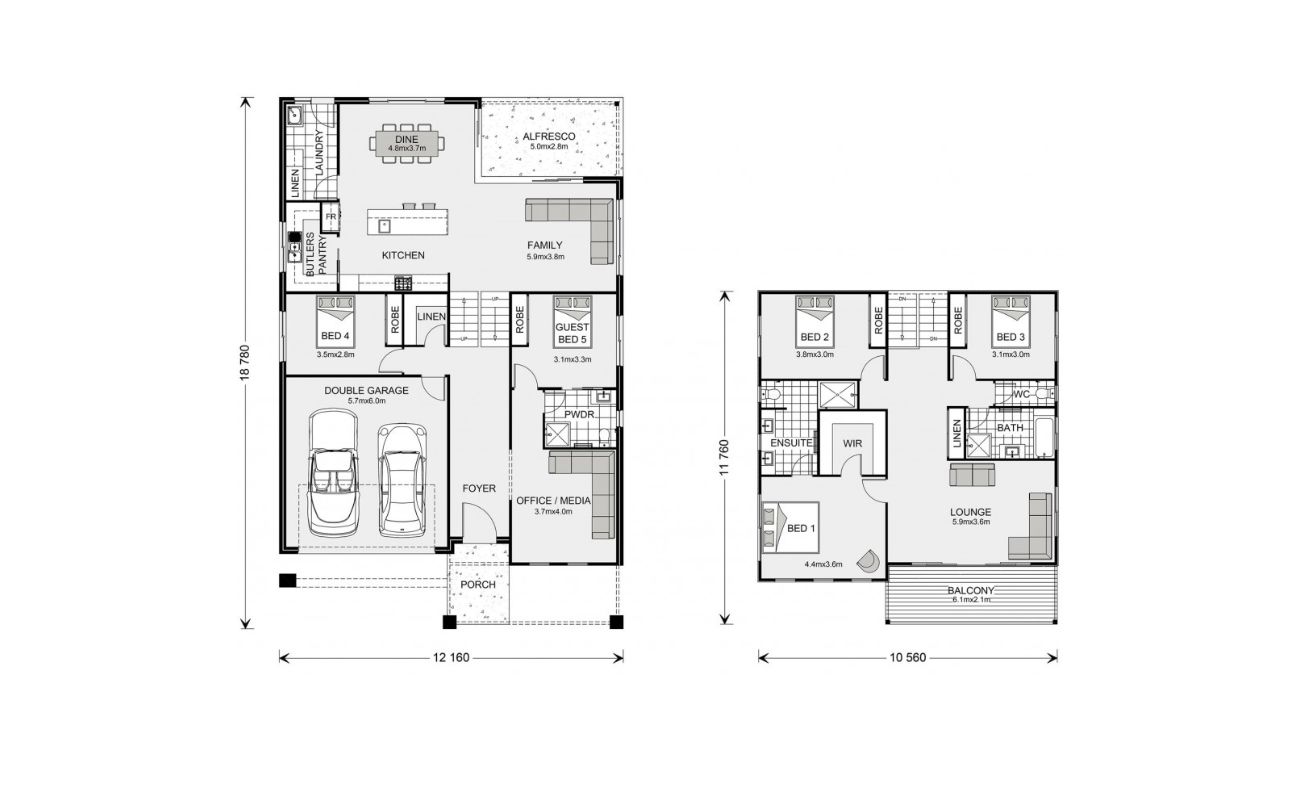
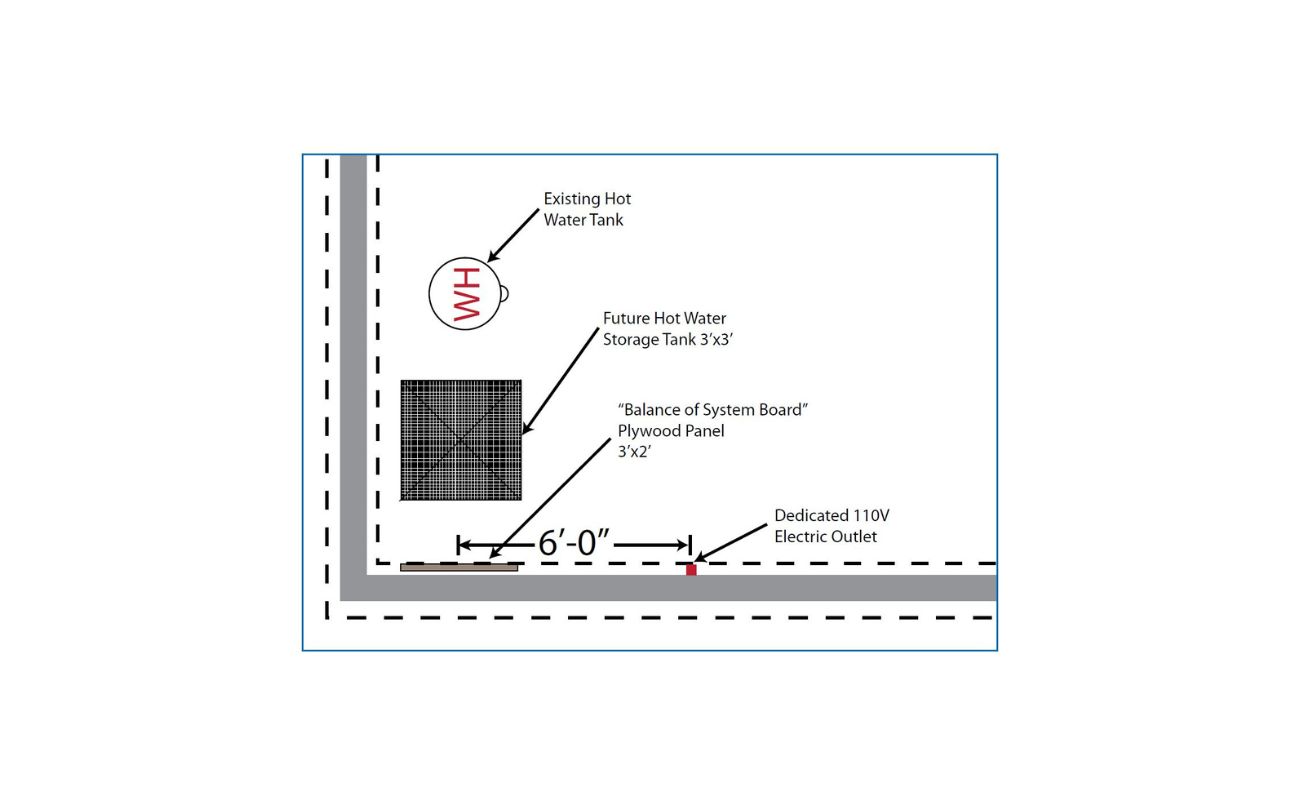
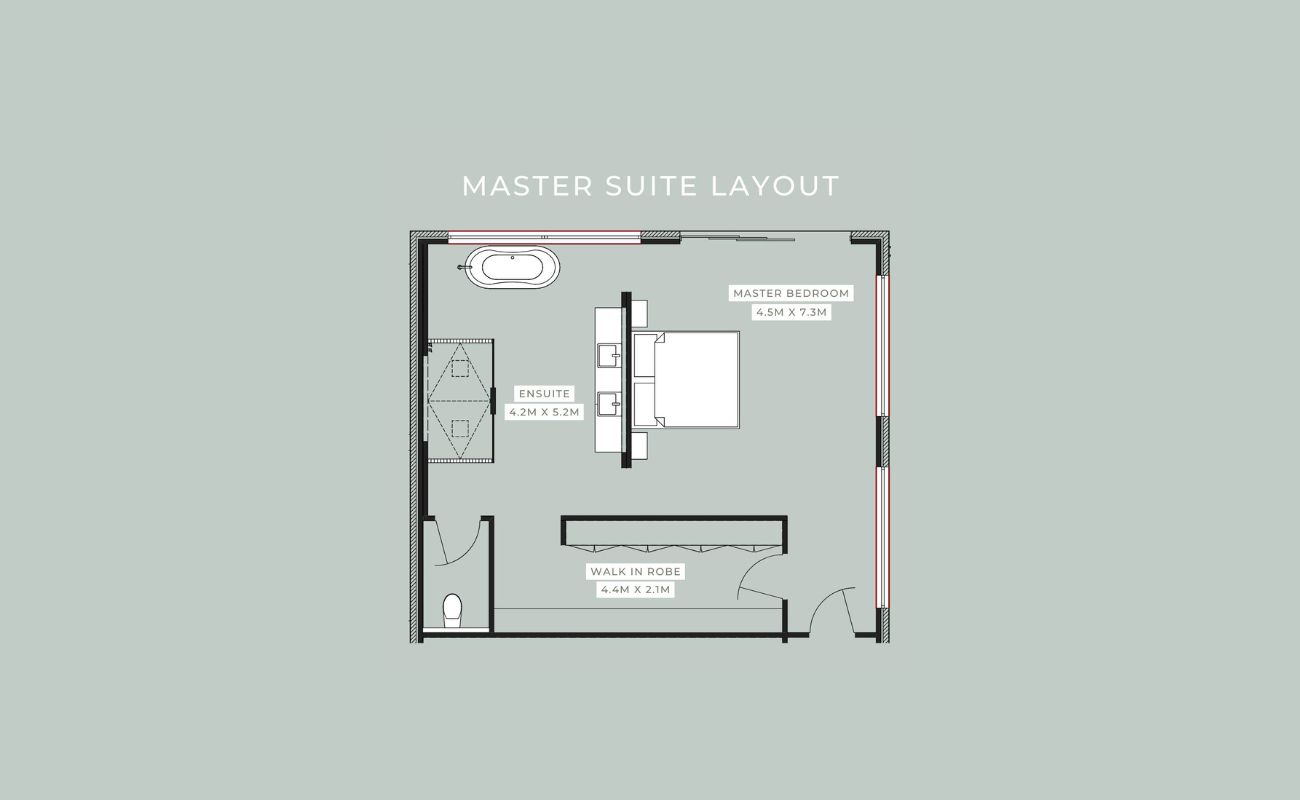
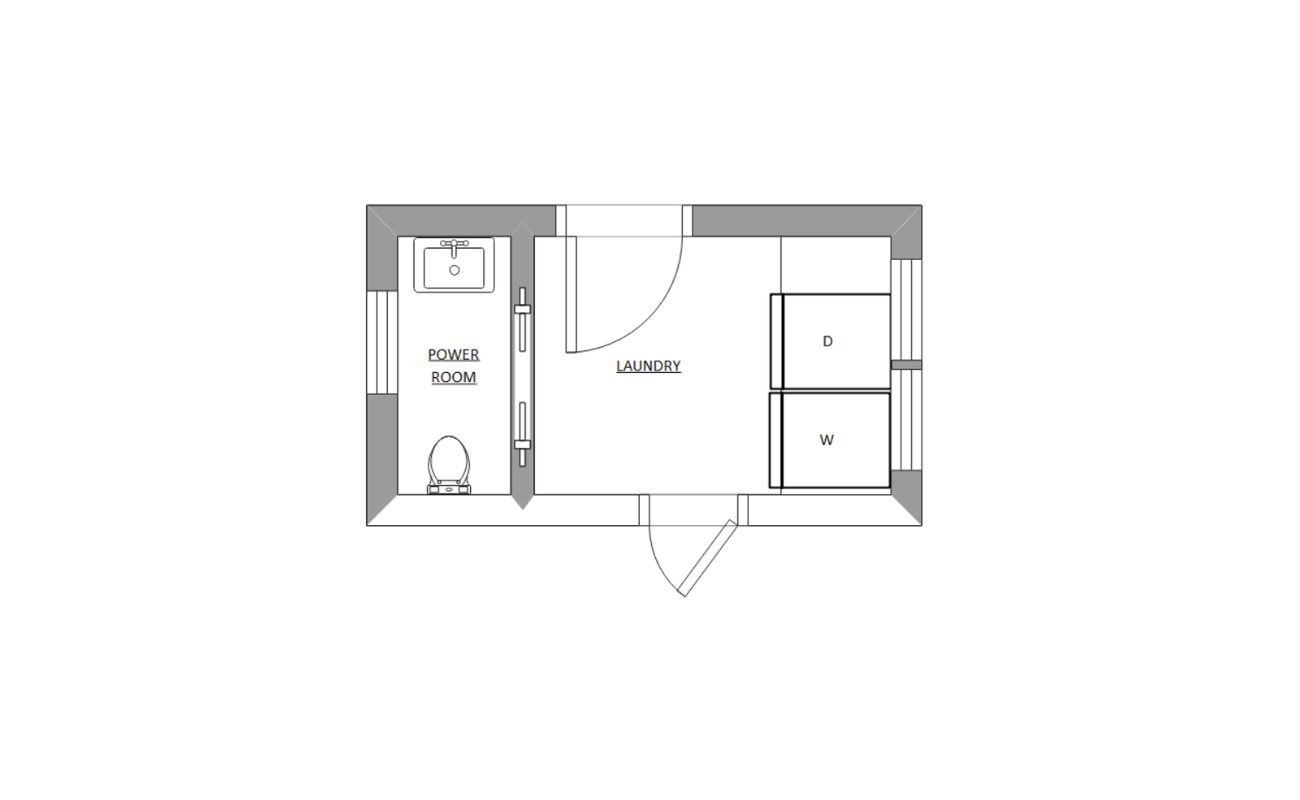
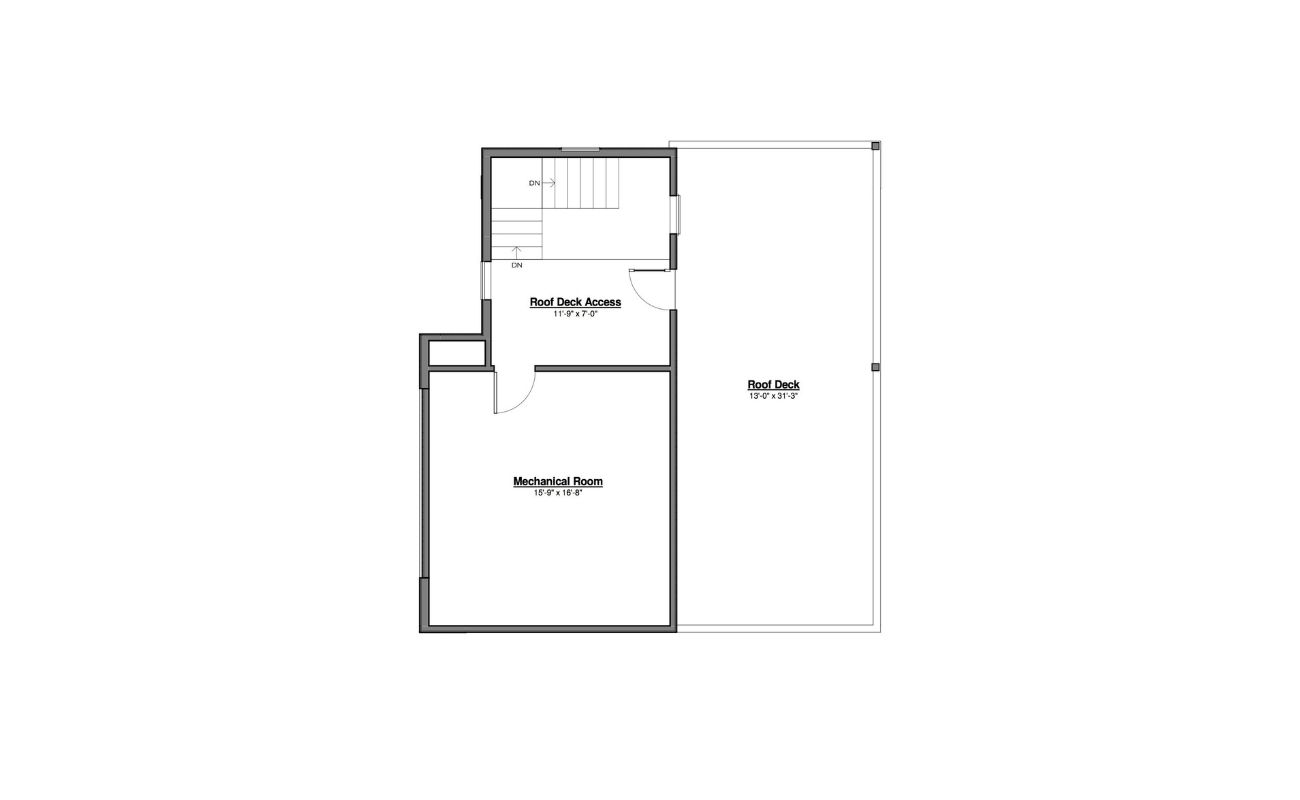
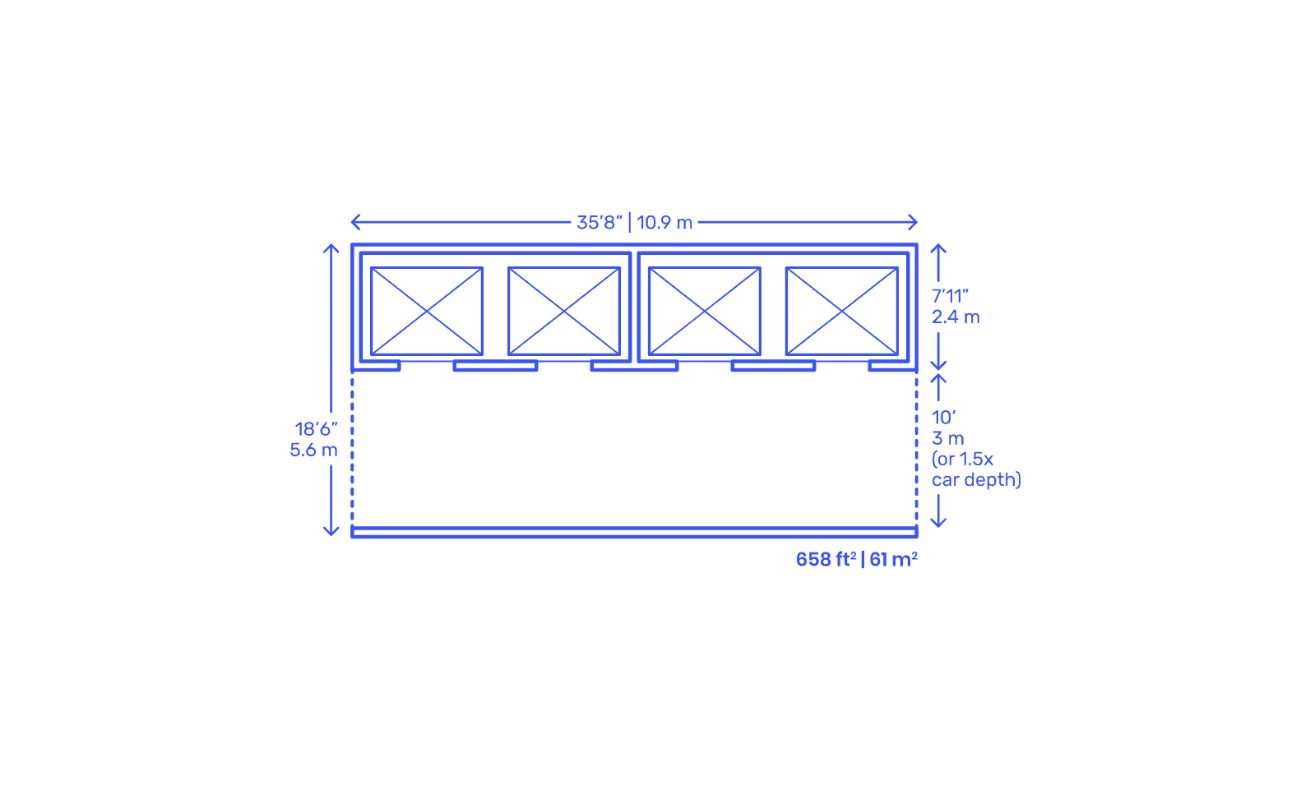

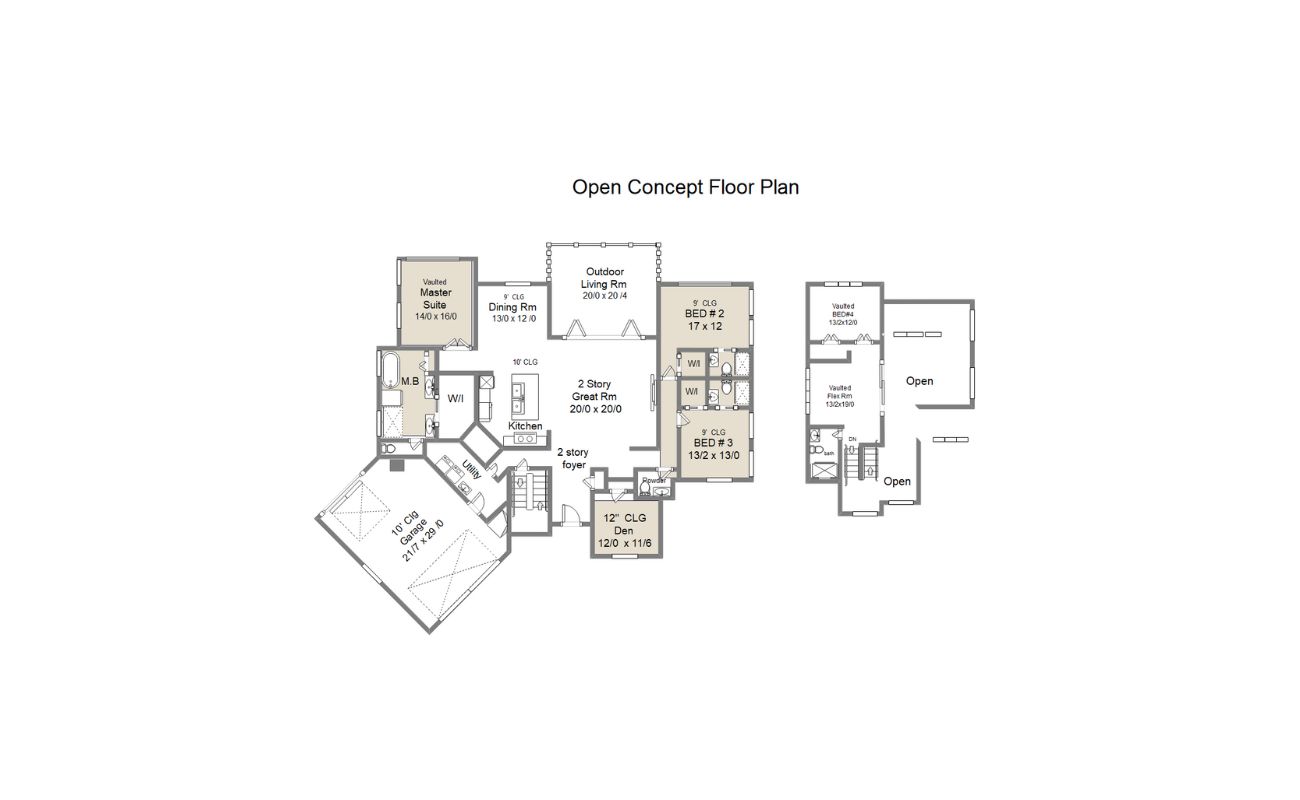

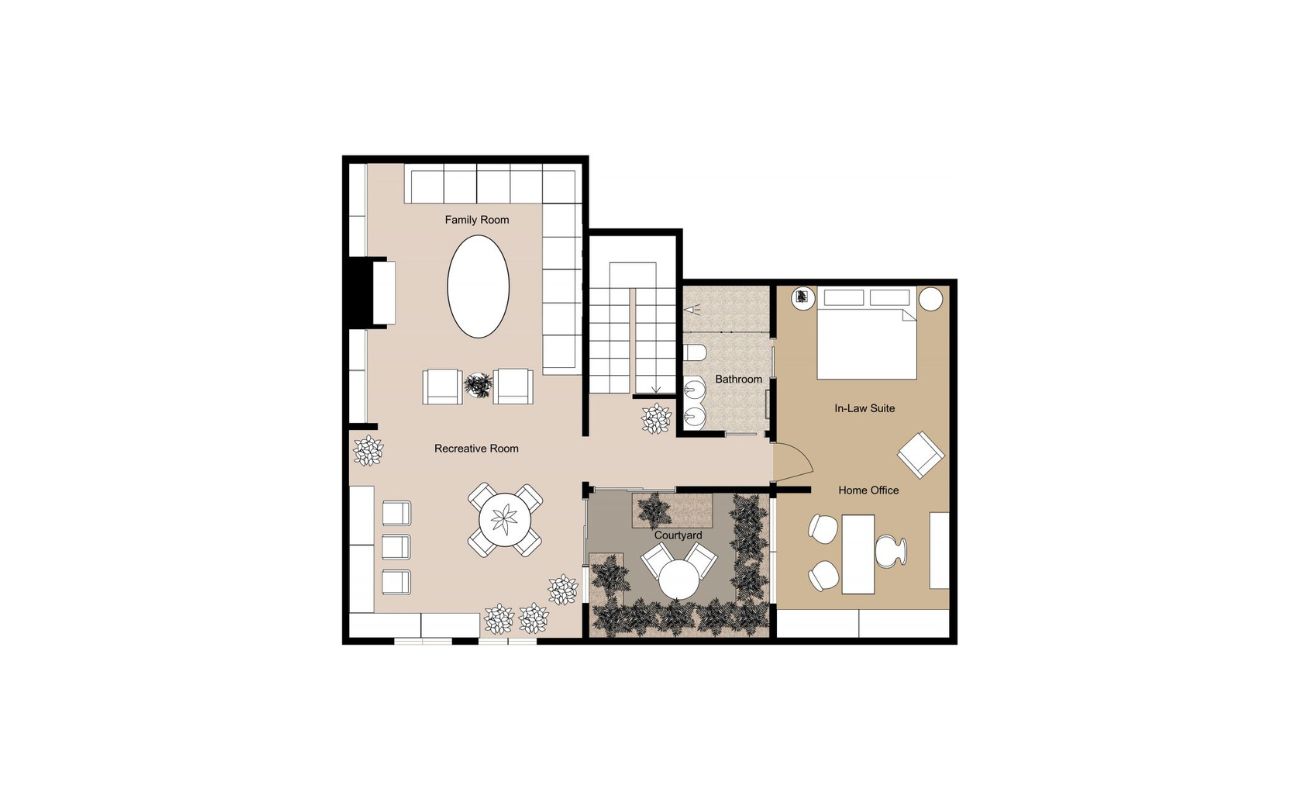
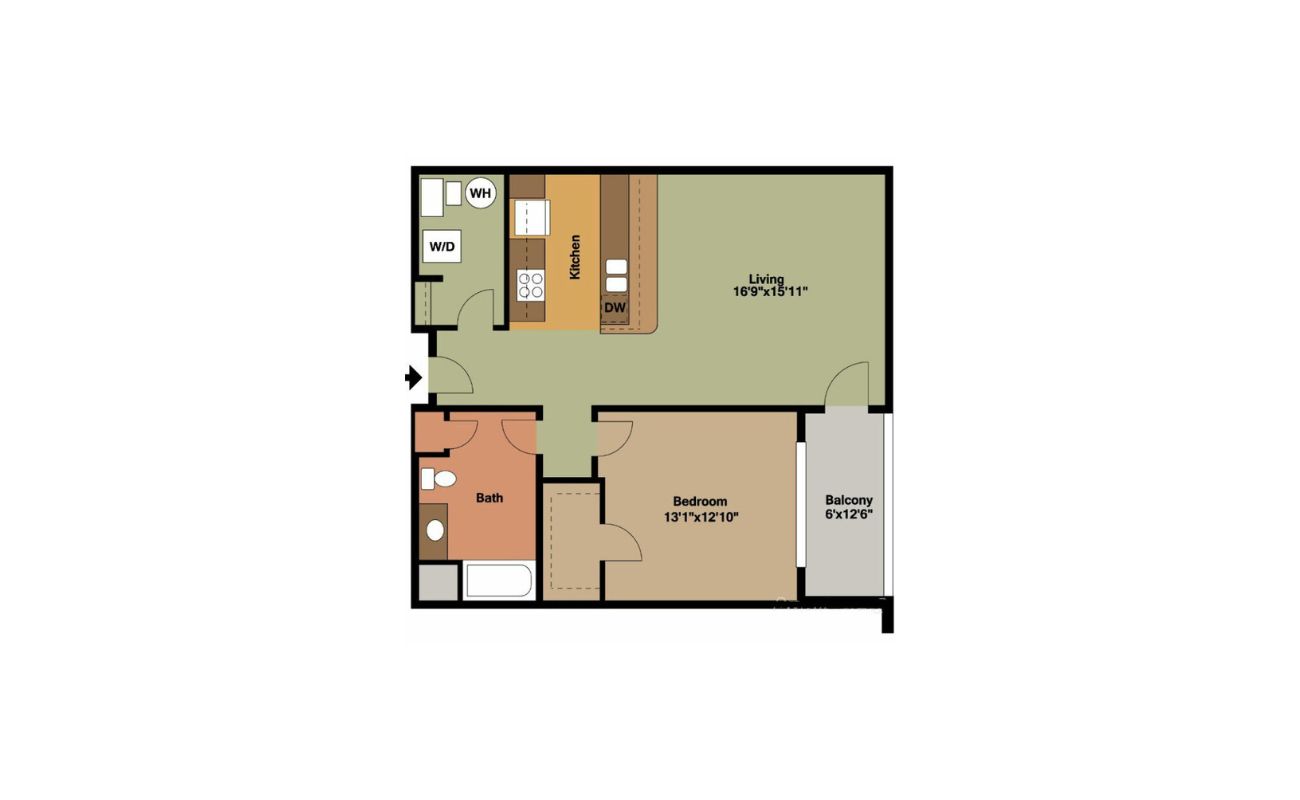

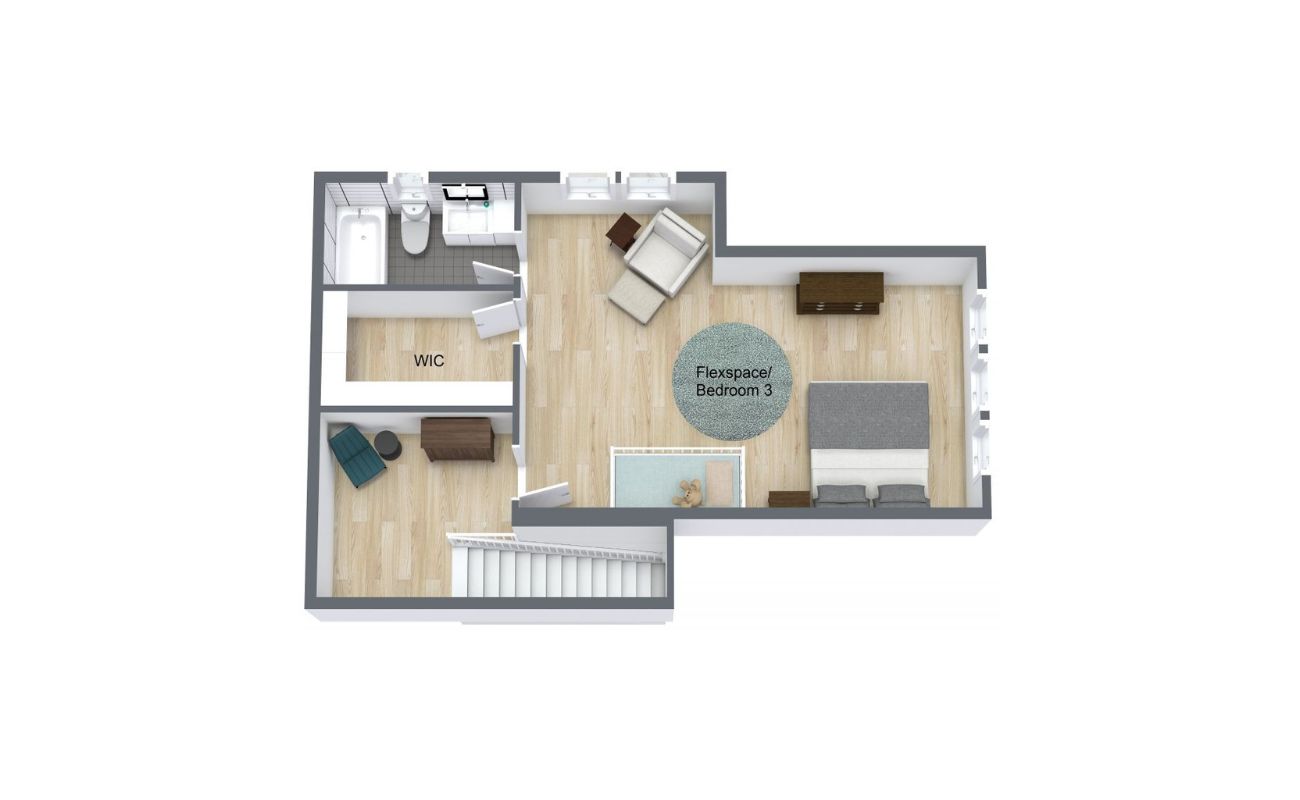
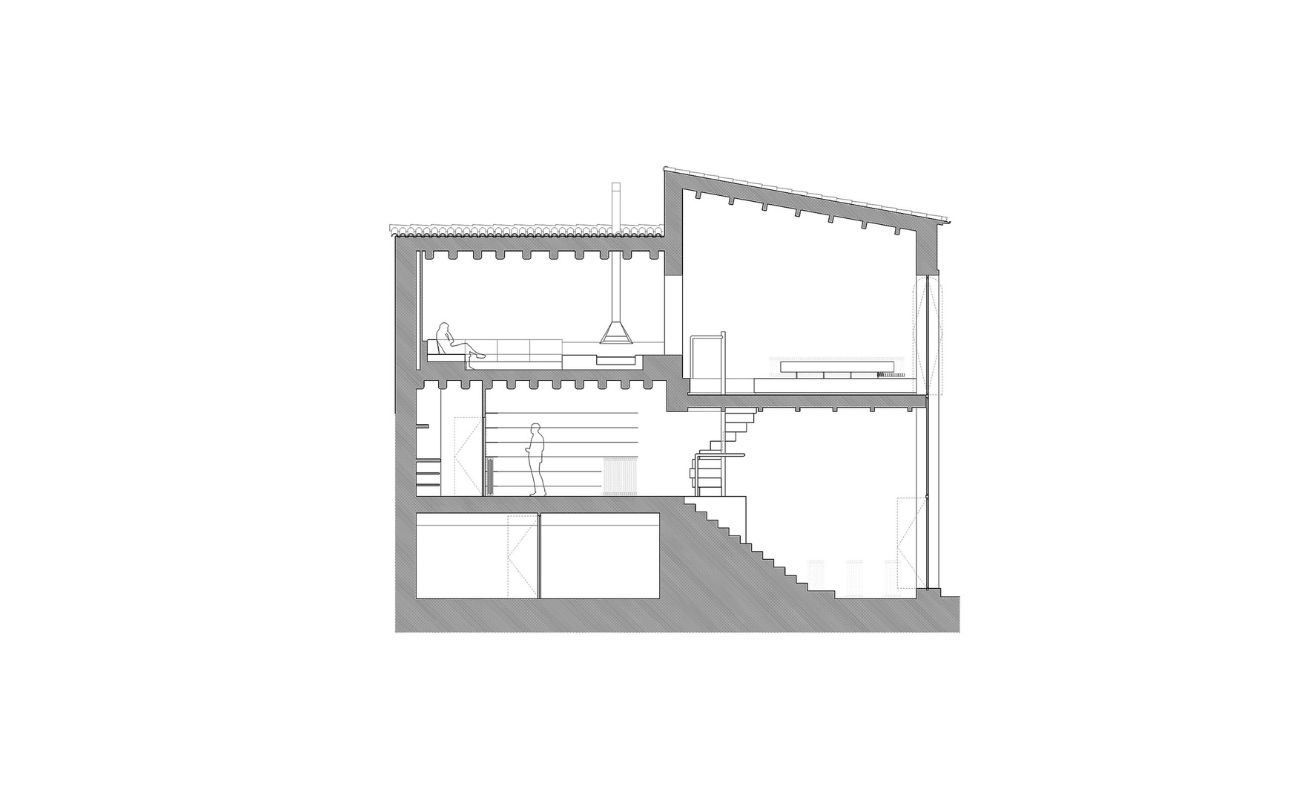

0 thoughts on “What Does “LIN” Stand For On A Floor Plan”